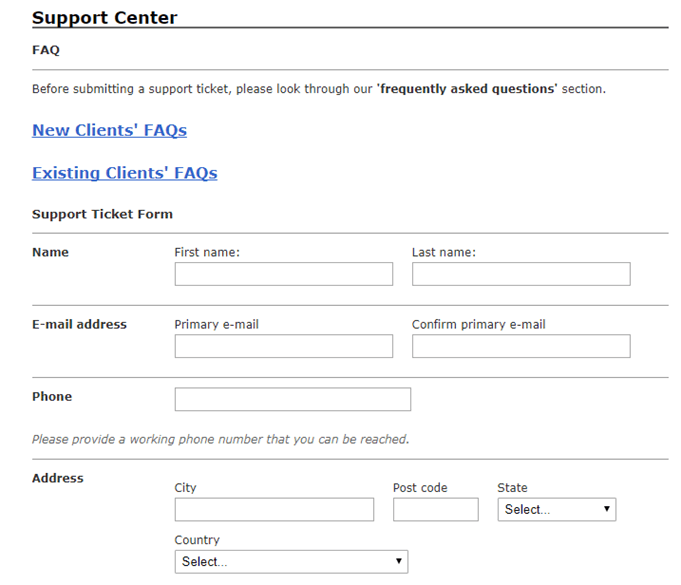
In fact, 53% of consumers have made true their threats-they switched brands when they encountered poor customer experience. One survey showed that 60% of consumers in the US and the United Kingdom admitted that they will stop patronizing a business after a bad customer service experience (Stella Connect, 2021). After all, how brands treat their customers can make or break them. One area of particular focus is customer service. Among the regions, North America had the highest jump, from 41% to 65%.īrands have learned to be more innovative due to the changing demands of consumers. In July 2020, only a few months after the mandated lockdowns, the number rose to 58%. To put it into a numerical perspective, in December 2019, the average share of digital customer interactions was only 36%. While some of the measures they put in place were temporary, executives expected that these changes would have a long-lasting impact on their operations. Companies not considering it previously were compelled to do so.Īccording to a McKinsey survey, organizations have increased the pace of their digitization by three to four years. The circumstances forced their hands, thus they had to accelerate their plans for digitization. This meant they had to move their operations to their homes and those of their employees. The COVID-19 pandemic forced businesses to close their doors temporarily. In this way, they could be more prepared in dealing with customers. Those lacking the technology to do so could check out the best customer support platforms to match their organizational needs.
#Apptrends customer support software#
Nevertheless, it would be prudent to keep in touch with customer support software trends for the coming year. All this time, they would have managed to streamline their operations, particularly on the customer support side. Still, organizations and their people would have had no choice but to adapt. They are also working without a network of support, which they could have accessed easily in the office. They are without the infrastructure provided by the company, such as fast internet connections and up-to-date computers. Add to that the fact that they are working from home for the first time. They were emotional, leading to calls becoming more challenging for customer support representatives. Those were due to the anxieties of customers related to the pandemic. But at the time, calls rated as difficult went up 20%. Typically, they would only have 10% of calls they would consider as such. It found that the average company encountered double the amount of difficult calls.

At the beginning of widespread lockdowns, a company conducted a study of customer support calls. One of the hardest-hit departments of any organization was customer service. However, the times were not kind to plans-everything had to change almost overnight. They had to move their operations to the cloud, which they would have done gradually if they had a digitization plan.

When the COVID-19 pandemic hit, organizations struggled to adapt.


 0 kommentar(er)
0 kommentar(er)
